by Mike –
There are certain Japanese cars that have intrigued me like the Datsun 240Z. I always wanted one and still do today but somehow I have never owned one. My wife owned, and rolled down a hill, a Mazda RX-2 before I met her. She still likes that car, the roll down the hill was not its fault – she blames it on a bee in her hair.
My wife also bought a 1978 Honda Civic new which I helped pick out and I drove it frequently. It was a great little car that never had any problems as long as I didn’t hit anything with it.
Recently in the small town near my house I have seen a beautiful Mazda RX-3 owned by a waiter at a favorite restaurant. One day when he drove it to work he had to take us out to the parking lot and show it to us right in the middle of his work shift.
These are cars that we do not see very often anymore and except for the Datsun 240Z we never thought they would be classic cars. But here we are today and they are classics partly because most of them were used up and allowed to vanish because it was less expensive than repairing or restoring them.
Auto writer Jason Lancaster shares his thoughts on this subject.
Text and photos by Jason Lancaster
Over the recent years, the valuation of classic Japanese cars has skyrocketed. The increased value is due to the increased demand amongst car collectors and enthusiasts. Traditionally, models like these were hardly acknowledged by enthusiasts — seen as “nothing special” since they’re not high-end exotics or American muscle.
A perfect example of how quickly these models have gained value in the collector’s market is the case of one 2000GT. In 2010, a mint Bellatrix Yellow 1967 Toyota 2000GT sold for $375,000, not a bad price, right? That same car sold for nearly triple in 2013 at $1,155,000! It has to be acknowledged that this car did undergo some changes to restore its authenticity, but the cost of those changes didn’t come anywhere near the difference in sale price.
A quick search through the classified section of Hemmings at the time this article was written turned up a 1979 Corolla for $12,500, a 1980 Celica for $15,995, and even a 1980 Sport Truck for $18,500. There’s also quite a few Land Cruisers that are listed for as much as $67,500.
Sure, these models are nowhere near the cost of the mint 2000GT, but these prices are fairly high (compared to other imports from those years, but not considering demand) for cars that have only been sought after for a few years by collectors.
It’s even worth noting how popular models like the late 80’s and early 90’s Honda CR-X are now. They’re not quite solidified as “classics”, just barely qualifying as “modern classics”, but nonetheless, they’re highly sought after cars (especially when they’re original…a lot of CR-Xs are wearing cheap after-market parts installed by boy racers). Other similar models like the 2nd generation Civic are also becoming increasingly more difficult to find for sale as well, and when you do find one, you can expect to pay a premium for the purchase.
What’s more, the market for classic Japanese cars is global. Collectors in Japan will often pay top dollar for a high quality original of a relatively low-volume model – like the Mk I Supra (aka Celica XX) – or a high volume model that was never considered collectable, like a 70’s era Honda CVCC. These cars were either not sold in Japan, or were not kept as the cost of owning these cars as they aged became prohibitive (in Japan, vehicle registration laws work to discourage keeping and maintaining older vehicles).
Another layer that makes the Japanese collector car market so interesting is the lack of mint cars and ones equipped with original equipment. Since most people never gazed upon a Toyota or Honda in the 70s and saw an investment, many models have been mistreated. The vast majority of classic Japanese cars have had multiple owners over the decades, a rash of after-market parts, etc. Finding one that’s been kept in showroom condition is a relatively rare find, a fact that only fuels pricing.
~~~
Author Jason Lancaster is a classic car enthusiast with nearly 10 years of retail automotive industry experience. When Jason isn’t lusting after Japanese classic cars, he writes for the Olathe Toyota Parts Center blog.

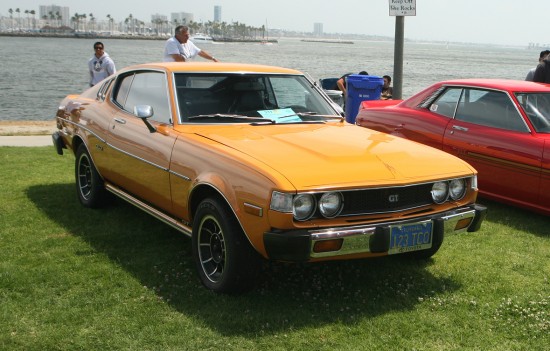
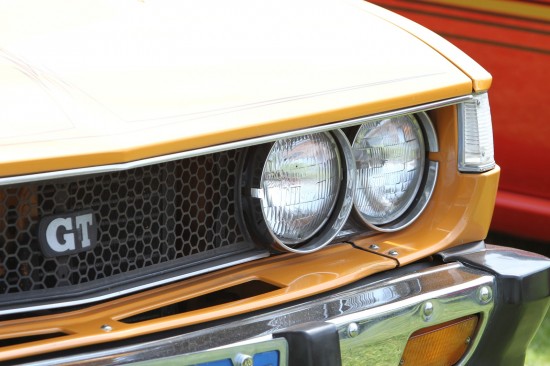
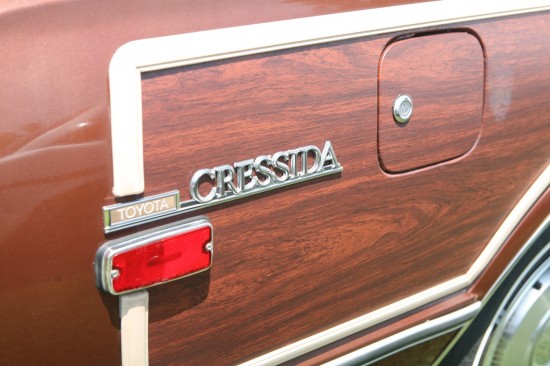
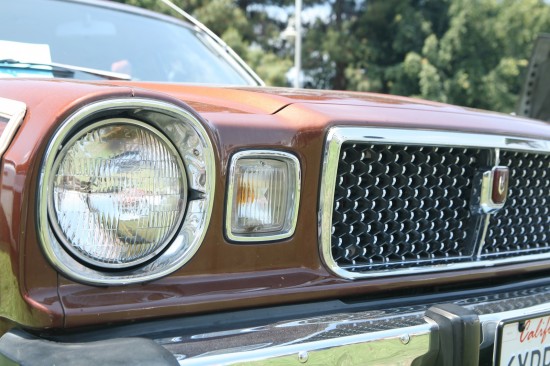

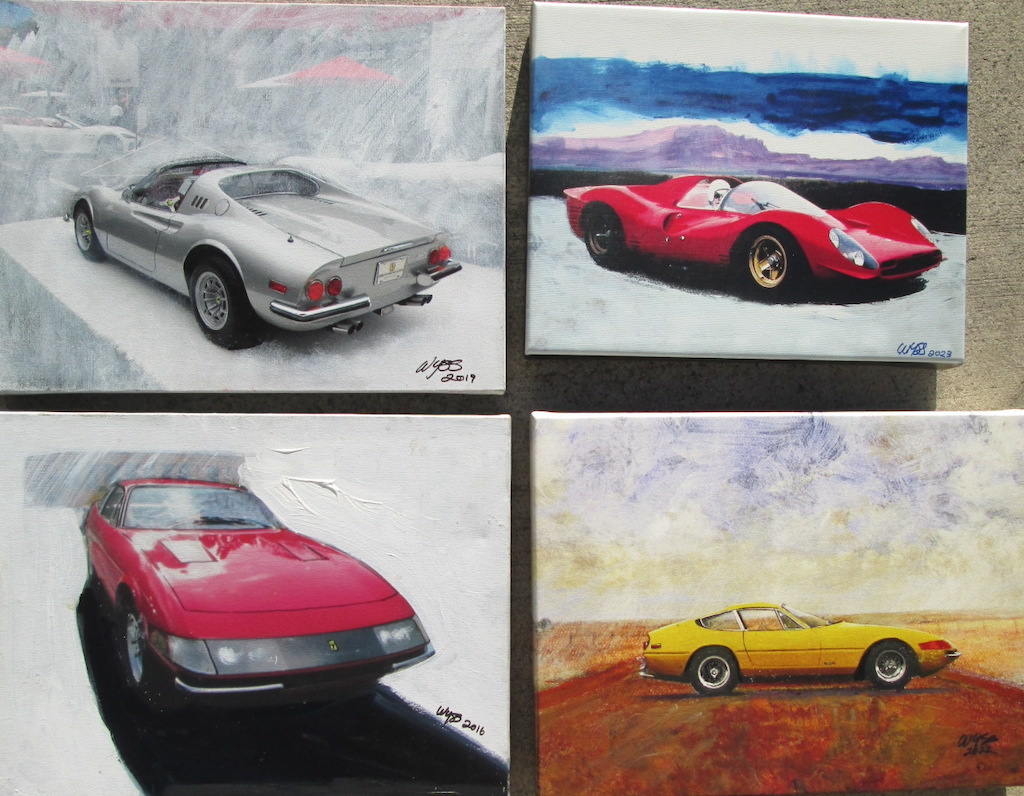

Mike,
I agree; I’m not certain why the Celica GT — once called “the Japanese Mustang” — is not already collectible.
The “guess” car: 1950s Toyopet?
Jeff
That blue jewel looks like it might be about a 1961 Toyopet. I had a greenish gold one with the world’s coldest
air conditioning when I was stationed in Japan from 1968 to 1971.
1958 Toyopet Crown
I’ve always liked the first generation Toyota Cressida. Although no one in my family has ever owned a Cressida, I used to see them when I was a boy. I’d buy a 1980 Cressida wagon if the price was right, and the condition was driveable.
My favourite classic Toyotas are the first generation Cressida, the 1971-73 Toyota Crown (MS65), and the first generation Celica Supra (Celica XX). I’d buy either of these cars if the price weren’t so damn high. The most I’d be willing to pay would be up to $10,000 for a 1978-80 Cressida wagon. Condition is *everything*. I don’t want it concours d’elegance condition, but I don’t want it to be all rusted out and not driveable.
How about Sedans do they count. Like the toyota Camry XLE 1993 to 1995
I also like the blue Toyota (Toyopet) Crown sedan. I also like the first generation Celica. How about the 1983-86 Toyota Camry.
If got a 1965 1st generation Mazda b2000 and it turn heads were ever I go and every body tells me they never seen this model anybody out third that can help